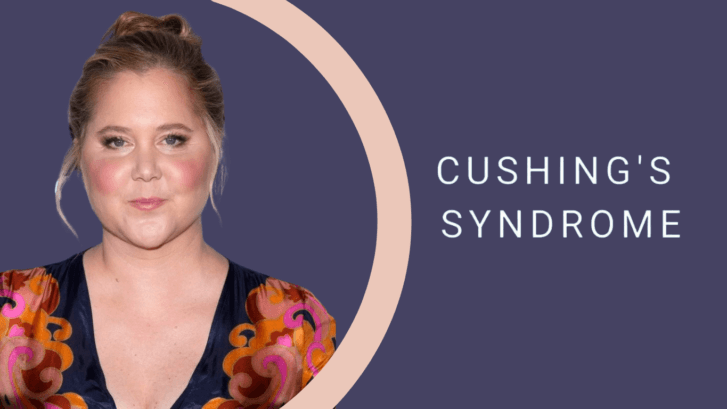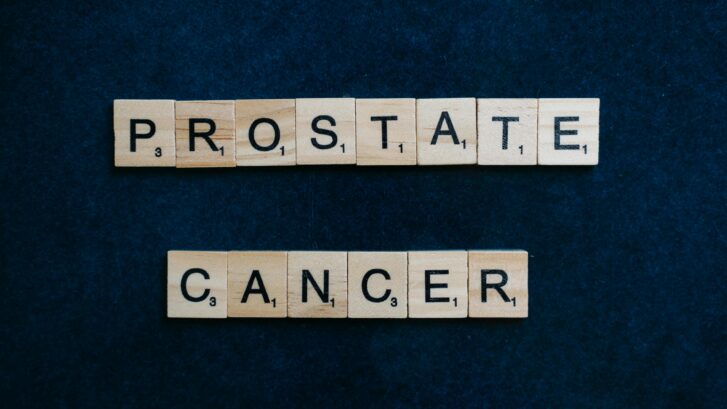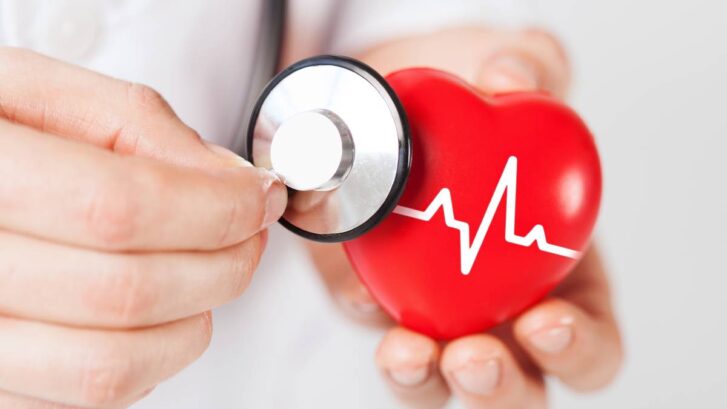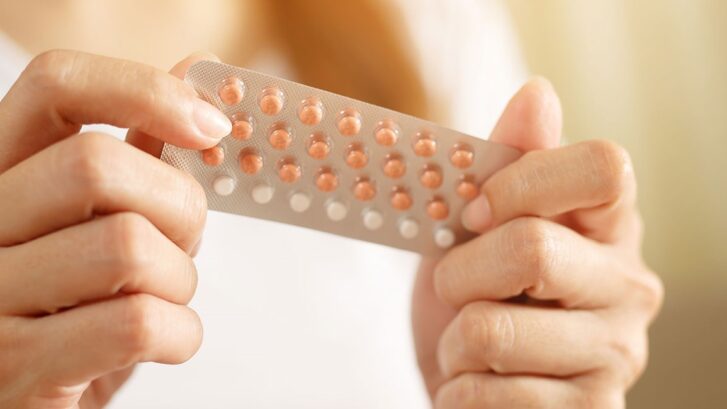Understanding Cushing Syndrome: Beyond Amy Schumer’s Diagnosis
In the world of entertainment, celebrities often find themselves under the microscope, subjected to scrutiny about their appearances. Recently, comedian Amy Schumer made headlines not for her jokes but for her health condition: Cushing Syndrome. While her diagnosis has sparked conversations, it’s important to delve deeper into the syndrome itself, shedding light on its complexities and implications beyond the spotlight. As primary care concierge doctors and MD2.0 professionals based in Jupiter, Florida, we aim to provide a comprehensive understanding of Cushing Syndrome.
What is Cushing Syndrome?
Cushing Syndrome is a rare disorder characterized by prolonged exposure to high cortisol levels, a hormone produced by the adrenal glands. Typically, cortisol helps regulate various bodily functions, including metabolism, immune response, and stress management. However, excessive cortisol production can lead to a myriad of health issues.
Symptoms and Causes
The symptoms of Cushing Syndrome can vary widely, making diagnosis challenging. Common signs include weight gain, particularly in the abdomen, face, and neck (referred to as “moon face” and “buffalo hump”), thinning skin that bruises easily, muscle weakness, fatigue, and mood disturbances. These symptoms can significantly impact an individual’s quality of life, both physically and emotionally.
The syndrome can stem from various causes, including:
- Excessive Cortisol Production: This can result from overactive adrenal glands (primary Cushing Syndrome), often due to tumors or nodules in the adrenal glands themselves.
- ACTH Production: In some cases, the pituitary gland produces an excess of adrenocorticotropic hormone (ACTH), which stimulates the adrenal glands to produce more cortisol (secondary Cushing Syndrome). This can be due to pituitary tumors or, rarely, tumors elsewhere in the body that produce ACTH.
- Exogenous Corticosteroid Use: Prolonged use of corticosteroid medications, such as prednisone, can also cause Cushing Syndrome.
Diagnosis and Treatment
Diagnosing Cushing Syndrome typically involves a combination of clinical evaluation, hormone tests, imaging studies (such as CT scans and MRI), and sometimes, specialized tests like the dexamethasone suppression test. Once diagnosed, treatment depends on the underlying cause. This may involve surgery to remove tumors, radiation therapy, medications to suppress cortisol production, or managing the use of corticosteroid medications.
Beyond the Headlines: Compassionate Care
While Amy Schumer’s diagnosis has brought attention to Cushing Syndrome, it’s essential to recognize that individuals battling this condition deserve compassion and support. As primary care concierge doctors and MD2.0 professionals, we prioritize personalized, patient-centered care, emphasizing empathy, and comprehensive management.
Our approach involves treating the physical manifestations of Cushing Syndrome and addressing the emotional toll it can take. We work closely with patients to develop tailored treatment plans, focusing on symptom management, lifestyle modifications, and mental health support.
Raising Awareness and Empowering Patients
Awareness is key to early detection and effective management of Cushing Syndrome. By raising awareness and providing education, we empower individuals to recognize symptoms, seek timely medical attention, and advocate for their health.
Moreover, destigmatizing discussions surrounding health conditions like Cushing’s Syndrome is vital. Everyone deserves to feel supported and understood, free from judgment or criticism based on their appearance.
In conclusion, while Amy Schumer’s diagnosis has thrust Cushing Syndrome into the spotlight, our focus remains on providing comprehensive care and support to individuals facing this challenging condition. Through education, empathy, and personalized treatment, we strive to improve the lives of our patients, one step at a time.
If you have concerns about your health or have experienced symptoms like those associated with Cushing Syndrome, we encourage you to reach out to our practice for compassionate, expert care. Your well-being is our priority.










